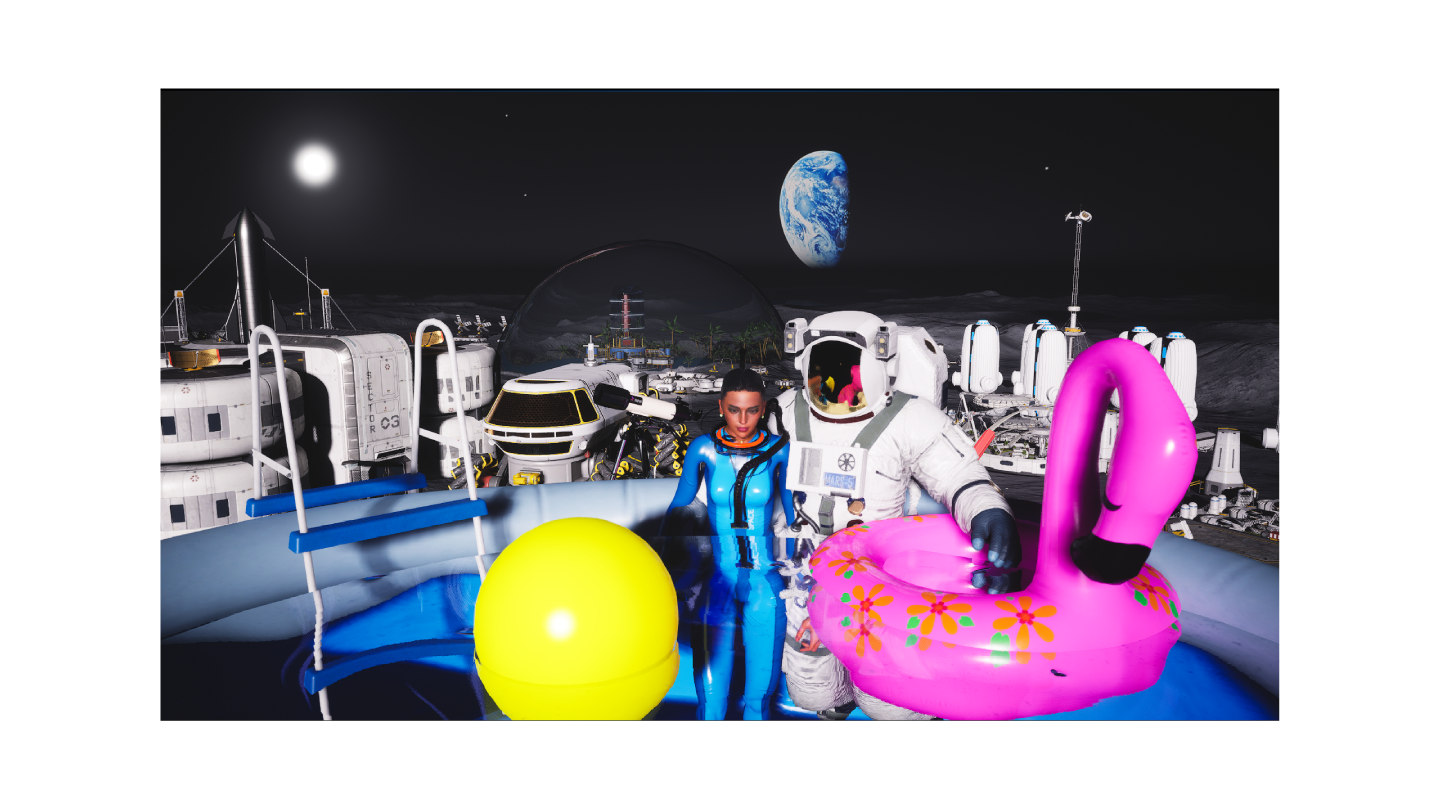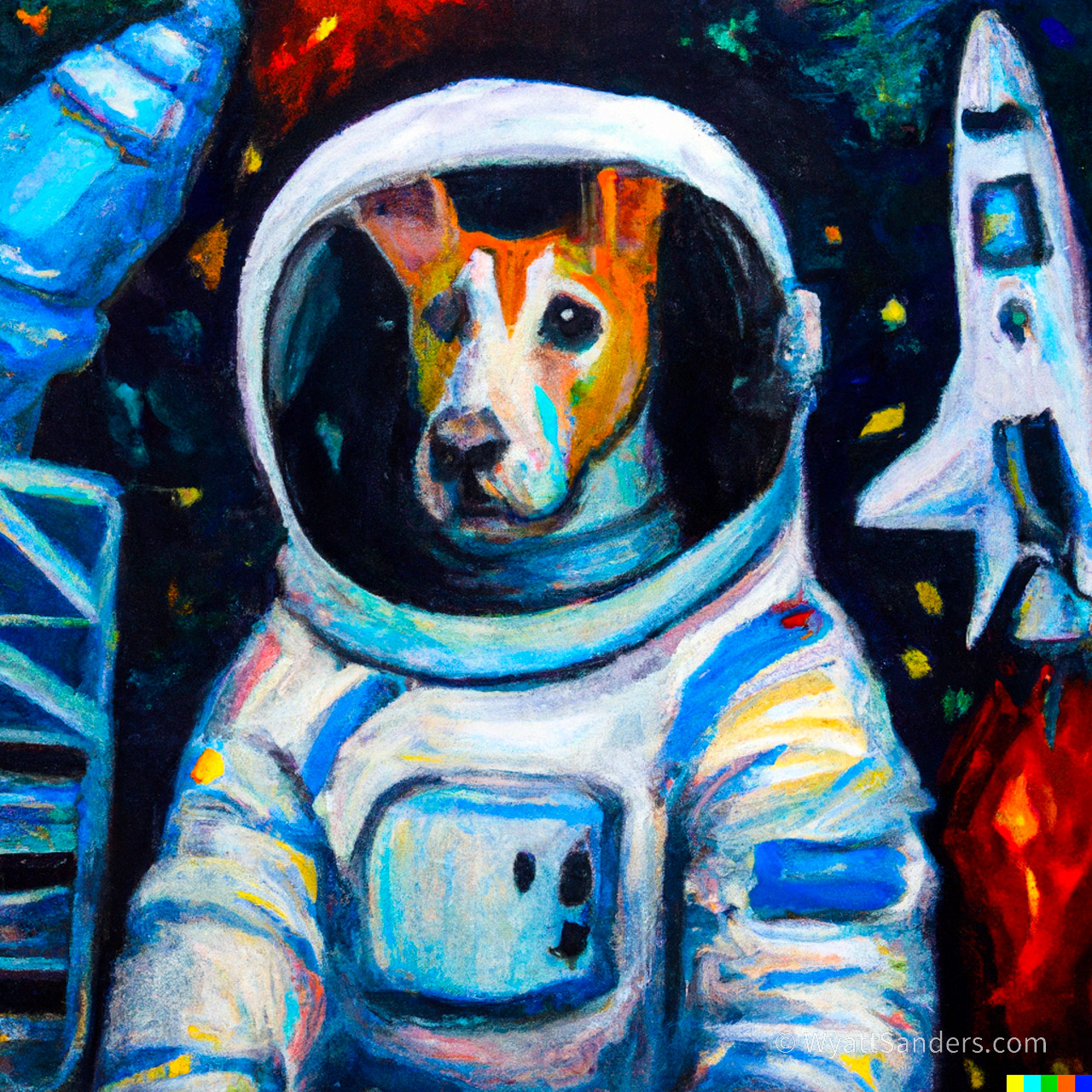Category: Space
-

I competed in the Kitbash3D Mission to Minerva contest
I recently competed in a competition for Kitbash3D’s Mission to Minerva challenge. I’ve never actually worked professionally in photorealism or CGI before but I figured I could learn along the way during the competition. Honestly the prizes for the competition were pretty modest, the grand prize all together may have only been worth about $2,500…
-

Laika the rocket dog
Laika was a space dog who became one of the first animals in space, and the first animal to orbit the Earth. Laika was a stray mongrel from the streets of Moscow, selected to be the occupant of the Soviet spacecraft Sputnik 2 that was launched into low orbit on 3 November 1957. No capacity…